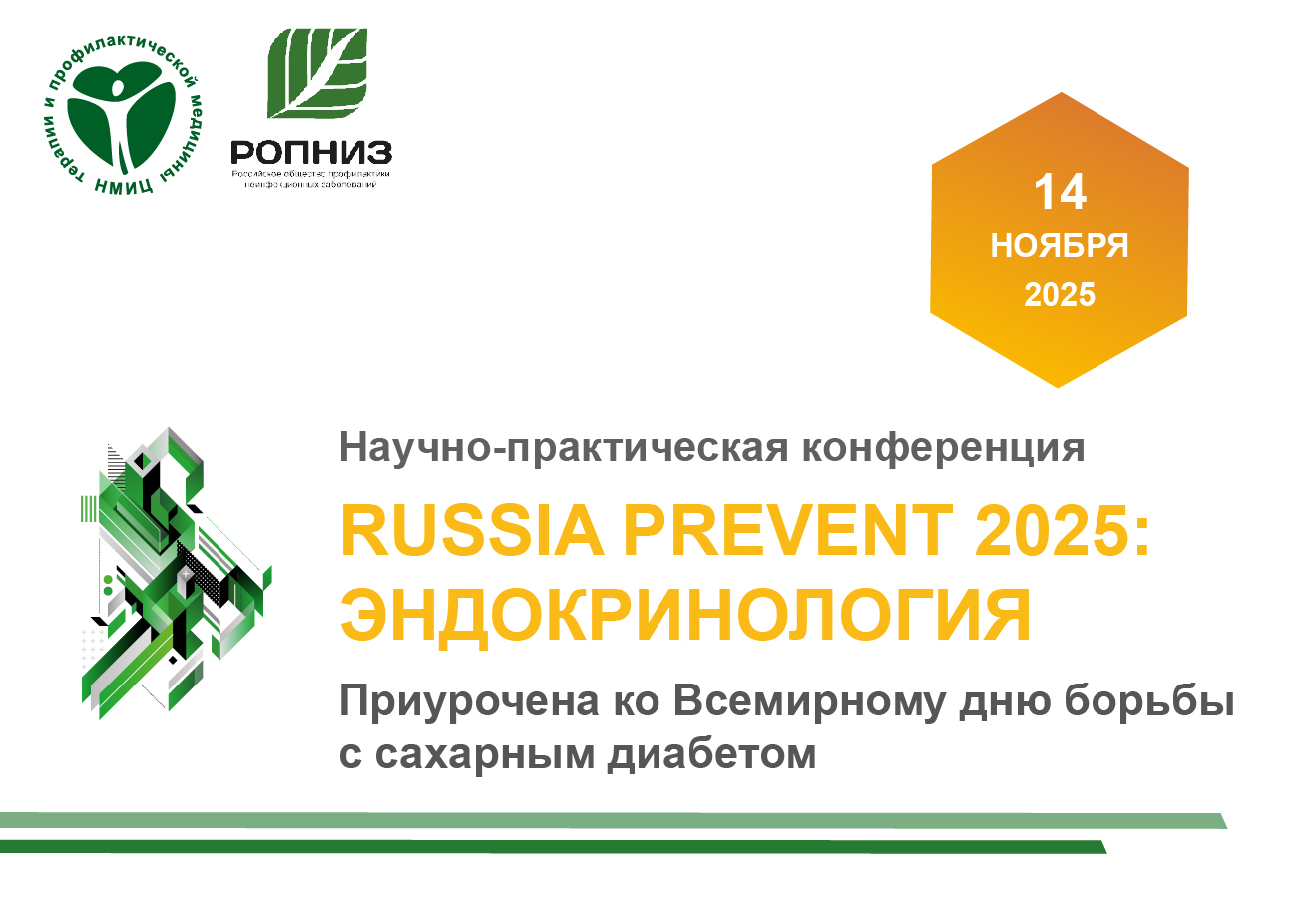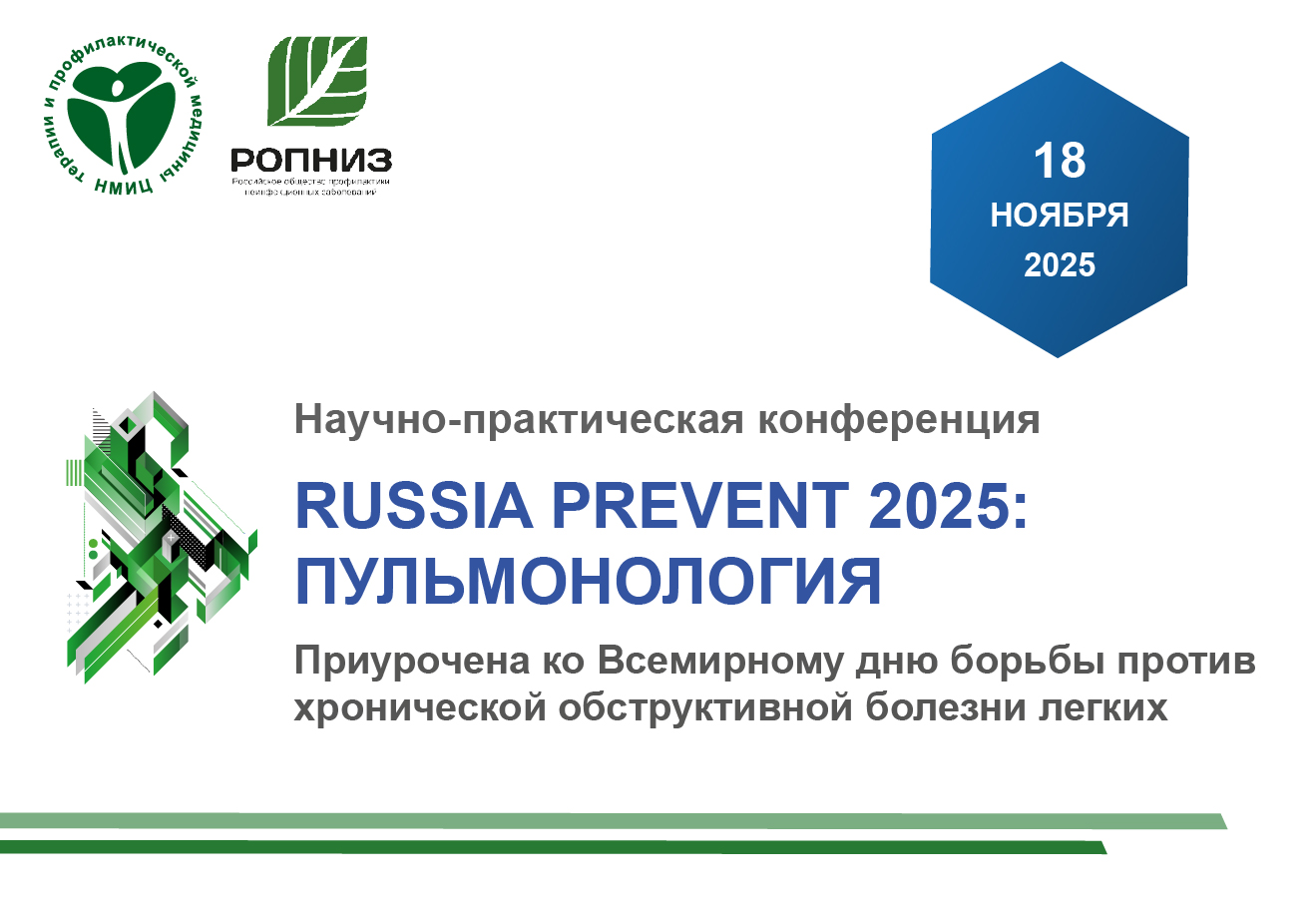Predictors of the development of non-cardiogenic syncopal conditions at a young age
https://doi.org/10.15829/1728-8800-2019-3-69-74
Abstract
Aim. Syncopal condition in young people are a relatively frequent and poorly understood medical problem. Non-cardiogenic syncope is not sufficiently studied because often they are not raise fears among doctors or patients, and at the same time their causes are associated with many complex medical and diagnostic aspects. The aim of the presented work is to identify the most significant risk factors in the development of non-cardiogenic syncopal conditions, identify triggers and assess the relationship between these factors, the lifestyle and development of syncope.
Material and methods. The article presents the results of a descriptive research, including 1031 young people with a history of syncope episodes. The study took into account the presence of chronic diseases which could become a syncope trigger. External triggers (prolonged upright staying, stuffy room, and so on) were also determined.
Results. In a multifactor survey of students living in Russia and abroad, the more frequent occurrence of non-cardiogenic syncopal episodes in young girls compared with young men was found. The effect of longterm upright and oxygen corporal were most likely risk factors for syncope.
Conclusion. A significant correlation was found between the onset of reflex syncope and the presence of anemia and autonomic dysfunction syndrome. We proved the absence of a correlation between the level of daily load and the frequency of syncope conditions.
About the Authors
D. A. NapalkovRussian Federation
Moscow
A. A. Sokolova
Russian Federation
Moscow
M. R. Kondratyuk
Russian Federation
Moscow
A. A. Kudryavtseva
Russian Federation
Moscow
P. M. Krupenin
Russian Federation
Moscow
G. E. Savkov
Russian Federation
Moscow
O. D. Savkova
Russian Federation
Moscow
S. Yu. Yagofarova
Russian Federation
Moscow
A. V. Buchneva
Russian Federation
Moscow
J. M. Kwedhi
Moscow
References
1. Koene RJ, Adkisson WO, Benditt DG. Syncope and the risk of sudden cardiac death: Evaluation, management, and prevention. J Arrhythmia [Internet]. 2017;33(6):53344. doi:10.1016/j.joa.2017.07.005.
2. Naschitz JE, Rosner I. Orthostatic hypotension: Framework of the syndrome. Postgrad Med J. 2007;83(983):568-74. doi:10.1136/pgmj.2007.058198.
3. Brignole M, Moya A, de Lange FJ, et al. 2018 ESC Guidelines for the diagnosis and management of syncope. European Heart Journal [Internet]. 2018 Jun 1 [cited 2018 Nov 13];39(21):1883-948. Available from: https://academic.oup.com/eurheartj/article/39/21/1883/4939241.doi:10.1093/eurheartj/ehy037
4. Sheldon RS, Sheldon AG, Connolly SJ, et al. Age of first faint in patients with vasovagal syncope. J Cardiovasc Electrophysiol. 2006;17(1):49-54. doi:10.1111/j.1540-8167.2005.00267.x.
5. Kapoor W. Syncope. N Engl J Med. 2000;343(25):1856-62. doi:10.1056/NEJM200012213432507.
6. Kheymets GI, Pevzner AV, Pogoza AN, et al. A five-minute tilt table test as part of diagnostic algorithm of syncope. Kardiologicheskij Vestnik. 2017;12(3):70-4. (In Russ.)
7. Shkolenko TM, Shkol’nikova MА. Role of the sympathetic failure in the development of reflex syncope in children. Ross Vestn Perinatol Pediat. 2013;(3):62-8. (In Russ.)
8. Fu Q, Arbab-zadeh A, Perhonen MA, et al. Hemodynamics of orthostatic intolerance: implications for gender differences. Am J Physiology-Heart and Circulatory Physiology. 2011;75231(October 2003):449-57. doi:10.1152/ajpheart.00735.2002.
9. Muppa P, Sheldon RS, McRae M, et al. Gynecological and menstrual disorders in women with vasovagal syncope. Clin Auton Res. 2013;23(3):117-22. doi:10.1007/s10286-013-0190-1.
10. Zyśko D, Gajek J, Terpiłowski L, et al. Effects of the menstrual cycle phases on the tilt testing results in vasovagal patients. Arch Gynecol Obstet. 2012;286(2):429-35. doi:10.1007/s00404-012-2308-4.
11. van Dijk N, Sprangers MA, Boer KR, et al. Quality of Life Within One Year Following Presentation After Transient Loss of Consciousness. Am J Cardiol. 2007;100(4):6726. doi: 10.1016/j.amjcard.2007.03.085.
Review
For citations:
Napalkov D.A., Sokolova A.A., Kondratyuk M.R., Kudryavtseva A.A., Krupenin P.M., Savkov G.E., Savkova O.D., Yagofarova S.Yu., Buchneva A.V., Kwedhi J.M. Predictors of the development of non-cardiogenic syncopal conditions at a young age. Cardiovascular Therapy and Prevention. 2019;18(3):69-74. (In Russ.) https://doi.org/10.15829/1728-8800-2019-3-69-74

























































